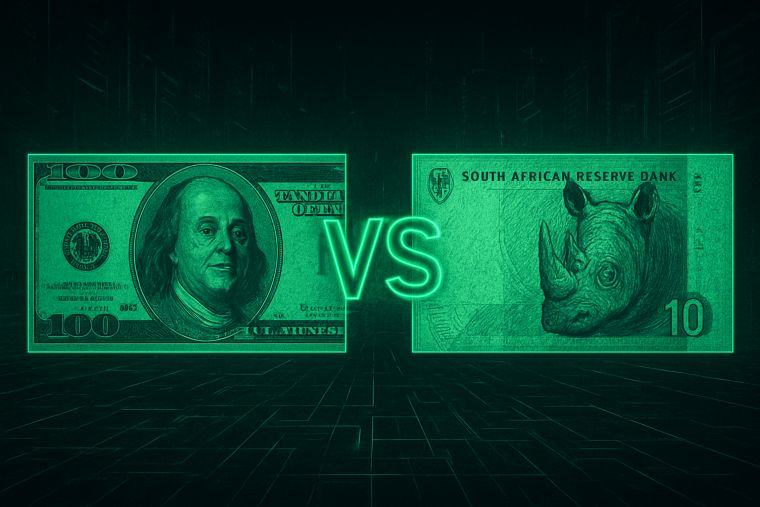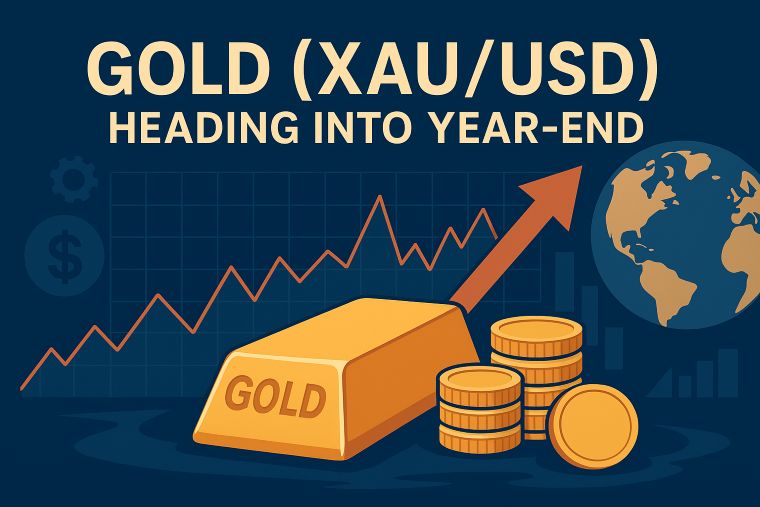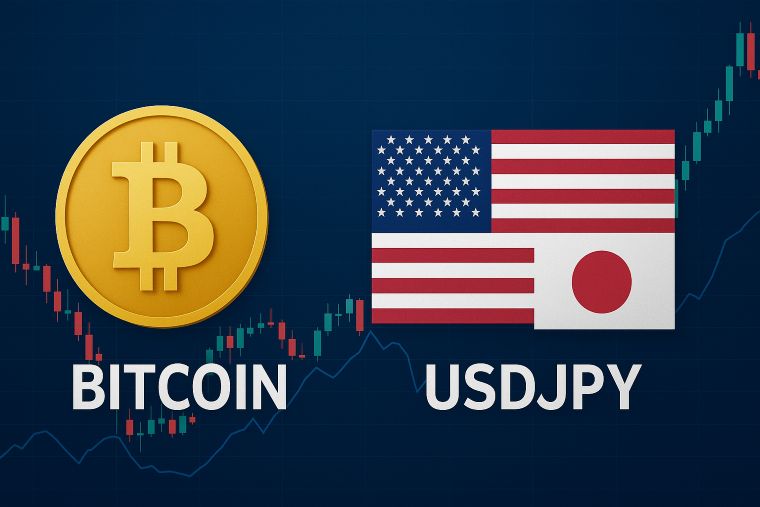6 min to read
USD/ZAR Outlook
Geopolitics, Global Economy, and the Rand’s Prospects

USD/ZAR Outlook: Geopolitics, Global Economy, and the Rand’s Prospects
Introduction
The USD/ZAR exchange rate remains a barometer not only of South Africa’s economic health but also of global risk sentiment. As of mid-September 2025, a mix of domestic and international factors is shaping the Rand’s trajectory. This column unpacks those influences, assesses likely scenarios, and considers what might drive USD/ZAR in the months ahead.
Current Landscape
Here are some of the key data points and trends that set the stage:
- South Africa’s current account deficit widened to 1.1% of GDP in Q2 2025, up from 0.6% in Q1 — driven by a decline in goods exports relative to imports.
- Inflation is relatively low: headline consumer price inflation has been around 3.5% year‐on‐year in recent months. Core inflation remains subdued.
- The South African Reserve Bank (SARB) has kept its repo rate steady at about 7.50%, pausing rate cuts amid trade, budget, and geopolitical risks.
- GDP growth forecasts have been modest. South Africa’s 2025 growth is being revised down, largely due to global trade tensions and weak domestic performance.
- On the international front, U.S. economic indicators (such as non-farm payrolls) have been weaker than expected, raising market expectations for interest rate cuts later in 2025. This tends to weaken the U.S. dollar, all else equal.
- Geopolitical/environmental risks in South Africa persist: energy supply issues (‘load shedding’), infrastructure bottlenecks (freight, ports, rail), plus political uncertainty.
Key Drivers of USD/ZAR Going Forward
Based on the current landscape, these are the major forces likely to shape USD/ZAR in the near to medium term:
| Driver | How It Favors Rand Strength | How It Favors Rand Weakness |
|---|---|---|
| Global interest rate differentials | If the U.S. Federal Reserve begins cutting rates, the interest gap between U.S. and South Africa could narrow, reducing upward pressure on USD. This boosts carry into emerging markets including ZAR. | If U.S. rates remain high (or even rise), or if Fed signals further tightening due to inflation, USD may remain relatively attractive, putting pressure on ZAR. |
| Commodity prices | South Africa is a large exporter of minerals and metals. Strong global demand (especially from China or industrial metals) supports exports, foreign earnings, and thus the Rand. | If commodity prices drop (say, due to global slowdown), South Africa’s export receipts suffer, hurting the current account and weakening the Rand. |
| Domestic inflation & SARB policy | Low and stable inflation allows the SARB to possibly cut rates or at least maintain real yields, making the Rand more attractive. Also limited inflation helps preserve purchasing power and reduces risk premia. | Inflation surprises, especially via food, fuel, or regulated utilities, would pressure SARB to tighten, raising costs but possibly still undermining confidence if inflation is seen as less controllable. |
| Fiscal & trade risks | A stable budget, improved trade balance, or favourable export performance are positive. International loans or IMF/World Bank support for infrastructure can help alleviate constraints. | Widening deficits, taxation issues (e.g. VAT debates), tariff risks, and trade disputes could erode investor confidence. Also risk of losing preferential trade status (e.g. via AGOA) or exposure to global trade wars. |
| Geopolitical & political stability | Improvements in governance, clarity in land reform, addressing energy crises, and infrastructure upgrades help reduce risk premia, encouraging foreign direct investment and portfolio inflows. | Persistent energy outages, corruption, policy uncertainty, or political instability reduce both domestic growth and foreign investment, increasing risk premium on ZAR. |
Scenarios & Forecast
Here are a few plausible scenarios for USD/ZAR over the next 6-18 months, along with approximate ranges and triggers.
| Scenario | USD/ZAR Range* | Key Assumptions / Triggers |
|---|---|---|
| Baseline / Moderate Rand Improvement | R17.00 – R17.80 / USD | Global risk sentiment improves; U.S. starts modest rate cuts; commodities (minerals, gold) remain stable or increase somewhat; South Africa’s inflation remains within target; SARB gradually eases but remains vigilant; infrastructure improvements modest but noticeable; energy supply improves slightly. |
| Stronger Rand | R16.50 – R17.20 | A stronger global growth rebound (especially in China and Europe), commodity boom (particularly for metals where SA is competitive), clear improvements in domestic challenges (energy, ports), stronger fiscal discipline, U.S. monetary easing becomes more aggressive than expected. |
| Weak Rand / Risk-Off | R18.00 – R19.50+ | Global slowdown or recession risk, commodity prices collapse, U.S. interest rates stay high or even increase, South Africa suffers energy/hydraulic/infrastructure crises, deterioration in political/governance environment, external shocks (e.g. sanctions, trade disruptions), or loss of trade preferences. |
These ranges assume no extreme “black-swan” events.
Geopolitical & Global Risks to Watch
- Global growth slowdown / recession risks in major economies (US, EU, China) reduce demand for South African exports and risk appetite for EM (emerging market) assets.
- US monetary policy surprises — inflation overshooting, or financial stress domestically leading to hawkish shifts, could re-strengthen USD.
- Commodity price volatility especially in metals, energy and specifically coal/minerals affecting export earnings.
- Energy crises and infrastructure constraints in South Africa (load-shedding, transport bottlenecks) – if these worsen, growth suffers, risk premia rise.
- Domestic political risk: land reform, regulatory uncertainty, corruption, social unrest. Any uncertainty that reduces foreign investment or raises sovereign risk will weaken ZAR.
- Exchange rate interventions / capital controls: more unlikely but possible under stress; markets respond badly to surprises.
Strategic Implications for Investors / Businesses
- Hedging becomes important when exposures to USD-ZAR are sizable, especially if expecting weaker ZAR under risk-off environments.
- Diversification across commodities may help; gains in certain export sectors (minerals, precious metals) can offset weakness elsewhere.
- Monitoring South African fiscal policy (budget, VAT, tax reforms) is critical, as surprises there tend to move the currency.
- Keeping an eye on U.S. macro and Fed communication – shifts in market expectations about rates are likely among the primary drivers in the near term.
Conclusion
The USD/ZAR pair is likely to remain volatile, reflecting the tug-of-war between global risk sentiment, U.S. rate dynamics, and South Africa’s domestic fundamentals. Under favorable conditions, there is scope for the Rand to strengthen toward R17.00 or slightly below, but significant upside in USD/ZAR (weak Rand) remains a risk if global headwinds mount or domestic issues worsen.
For now, the most balanced view suggests a moderate path: a mildly strengthening Rand through 2025, assuming no major shocks, but with downside vulnerability built in. Close attention to inflation, interest rates (both in SA and the U.S.), commodity prices, and geopolitical stability will be crucial.
Visit XM Official Website.

